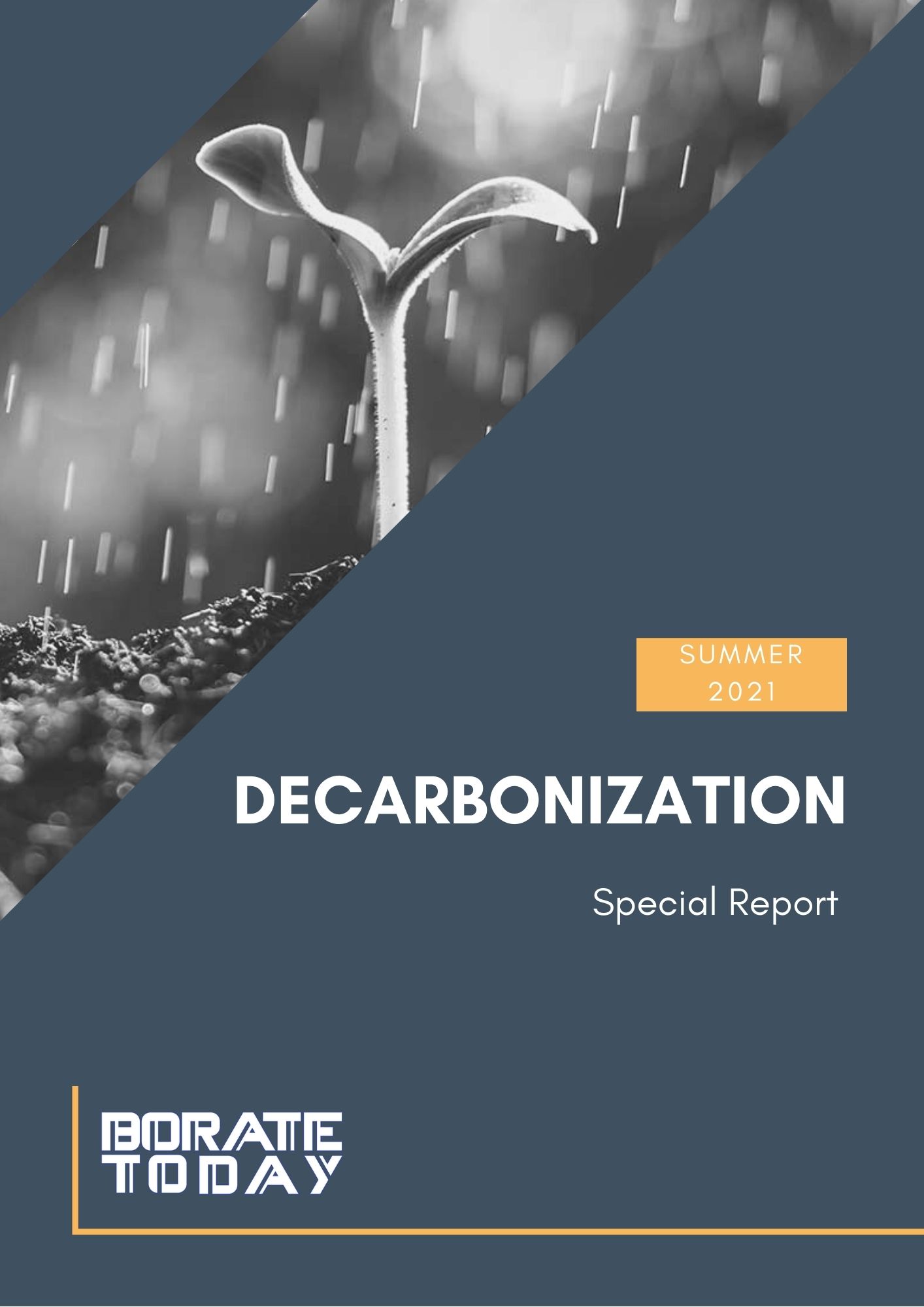What is Decarbonization
Decarbonization is akey topic in Climate Change initiatives the process of reducing the amount or concentration of carbon in certain substances. This can be done by removing all traces, forms and quantities from a gas, liquid or solid mixture that are derived solely from fossil fuels such as coal oil natural gas etc., It may also refer to either decarboxylation (removing CO2 molecules) when converting organic substances into other materials like plastics through combustion with oxygen; alternatively, it could mean the removal of any form of C-containing impurity so, for example, “oxygen-free” steel would have been subjected to vacuum treatment before being exposed directly to air again.
It is also known as “carbon sequestration.” The goal behind this practice is to reduce emissions released into our atmosphere and by extension help in combating climate change. By reducing greenhouse gases around us, we will be able to slow down global warming effects across the world.
How Does Boron Help with Decarbonization
Porous boron nitride is a new class of solid adsorbent with applications in CO2 capture. To further enhance the adsorption capacities of materials, new strategies such as porosity tuning, element doping and surface modification have been taken into account. In this work, metal-free modification of porous boron nitride (BN) has been prepared by a structure-directing agent via simple heat treatment under N2 flow. We have demonstrated that the textural properties of BN play a pivotal role in CO2 adsorption behaviour.
Therefore, the addition of a triblock copolymer surfactant (P123) has been adopted to improve the pore ordering and textural properties of porous BN and its influence on the morphological and structural properties of pristine BN has been characterized. More importantly, after modification with P123 copolymer, the capacity of pure CO2 on porous BN has improved by about 34.5% compared to pristine BN. The unique characteristics of boron nitride open up new routes for designing porous BN, which could be employed for optimizing CO2 adsorption.
Why Read this Report
Learn about htis vital topic by dowenloading this free reprot. Topics cover: What is Decarbonization; Low carbon goals; Carbon-free energy initiatives; The Case for Renewables; Why alternatives pose risk; Progress to date; Overview of low carbon energy sources; Adopting a low carobon lifestyle; Boron’s role in reducing carbon emissions; Applications of Boron; Industries where Boron plays a role; Tips for lowering your personal carbon footprint.






